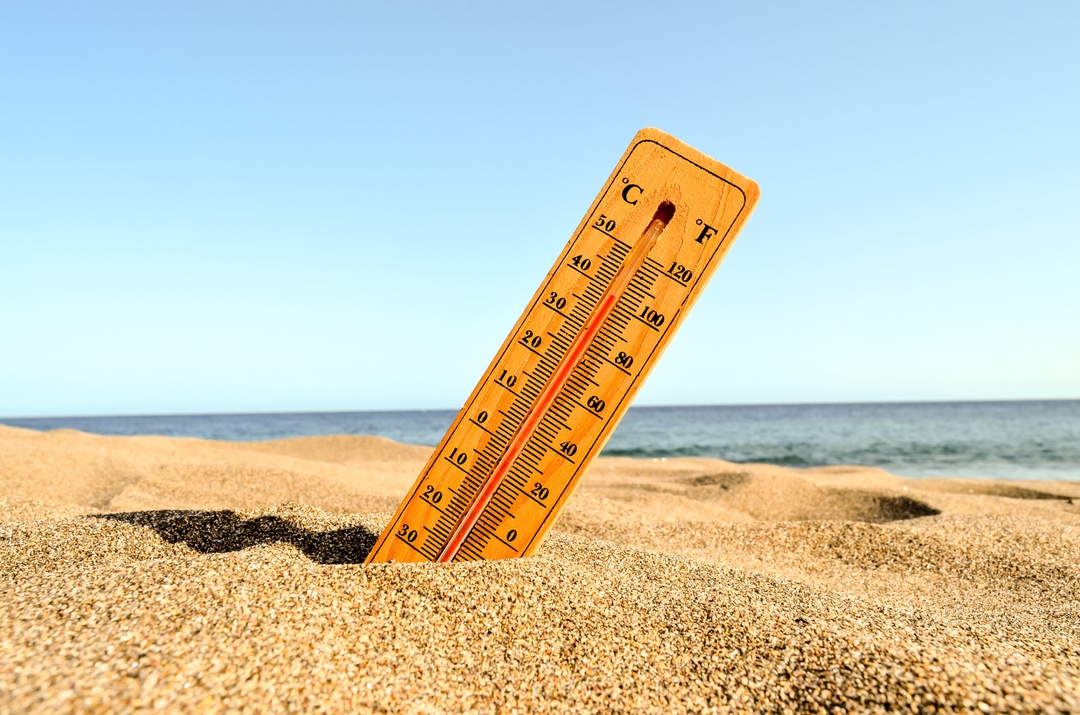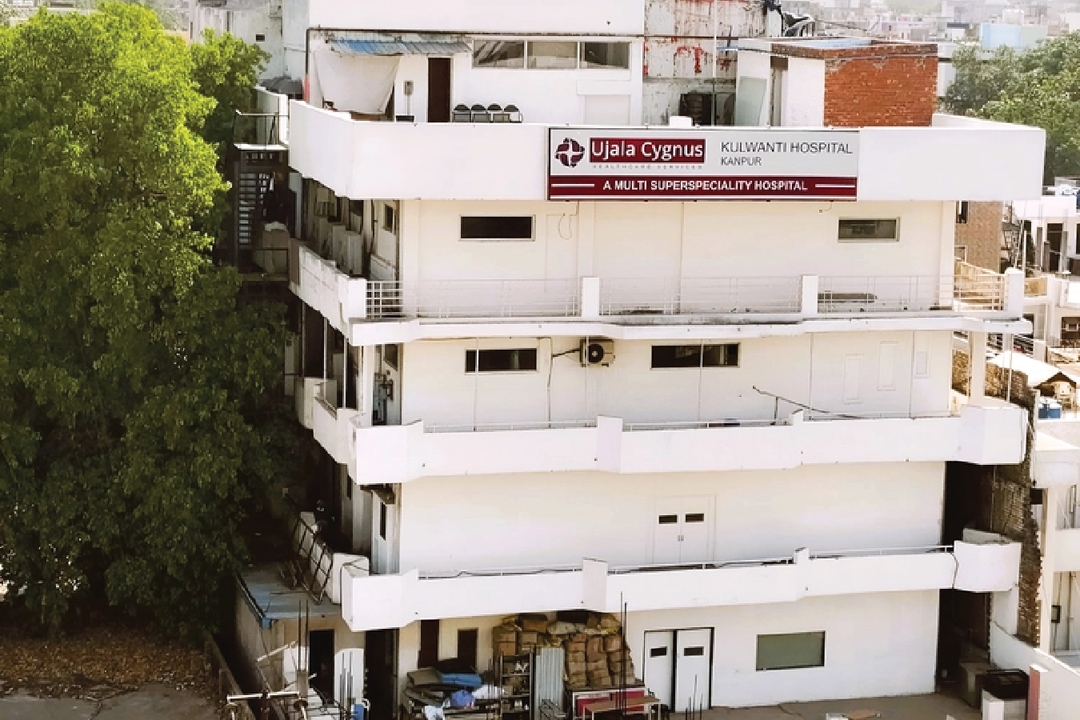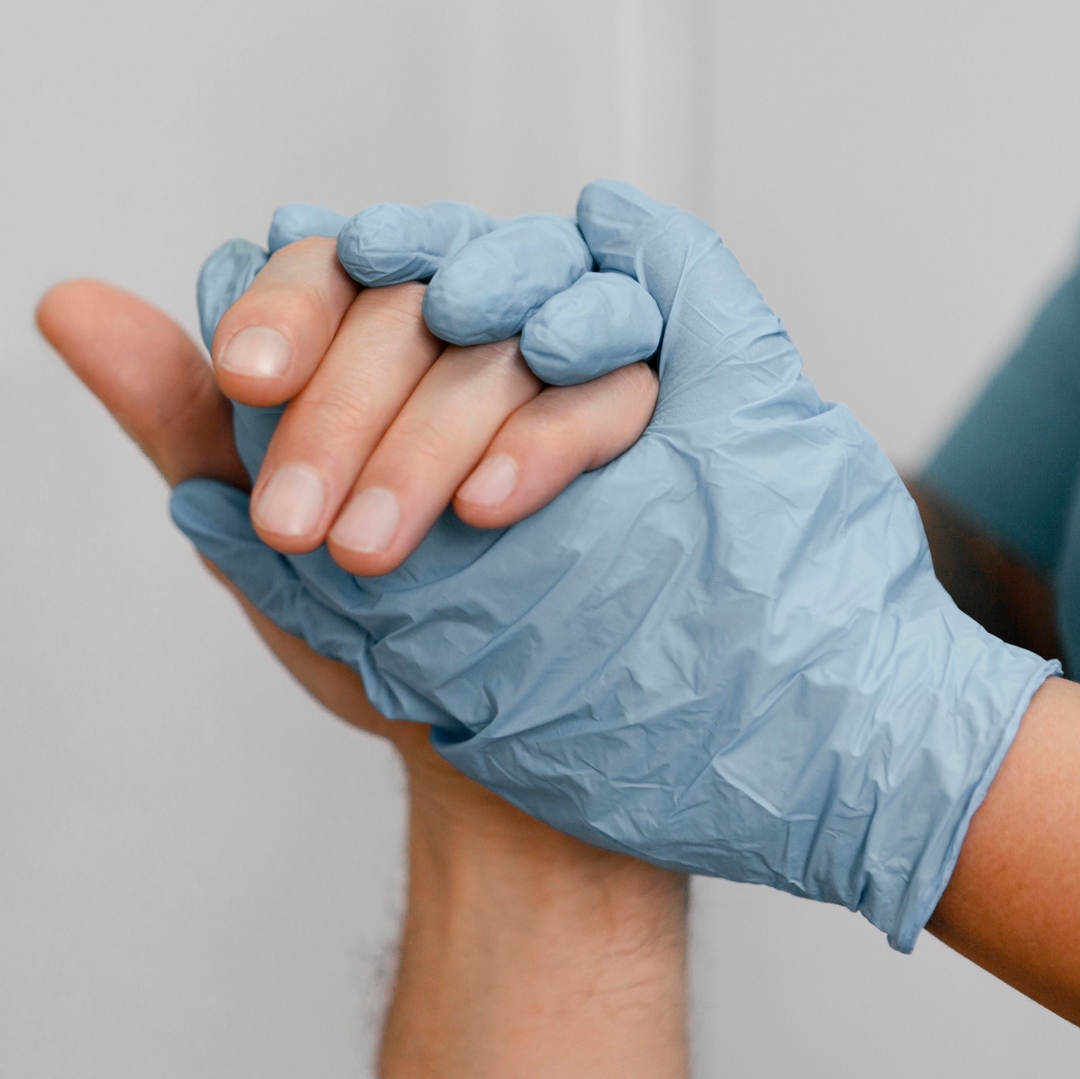
ANTERIOR CRUCIATE LIGAMENT
By Ujala Cygnus
Reviewed by : Jalaz Jain
January 28, 2023
Overview
An anterior cruciate ligament (ACL) tear is an injury to the ligament found in the middle of your knee. Both partial and complete tears of the ligament are possible (the ligament is torn into two pieces). If you rupture your ACL, it will hurt. You might “give out” (have your knee collapse or buckle) and experience a pop. Your knee will typically begin to swell right away.
In the medical community, the tough bands of tissue that keep organs in place or link bones are called “ligaments.” “Towards the front of the body” is what the word “anterior” refers to. Cruciate, which literally translates to “cross-shaped,” refers to the two ligaments in your knee that take the form of a cross. The two major ligaments are the ACL in the front and PCL in the back.
Bones, ligaments, tendons, and cartilage make up your knees. The thigh bone (femur) and the shin bone are connected by the anterior cruciate ligament (ACL), which is situated in the front center of your knee (tibia). The ACL’s primary job is to prevent the shin bone from moving forward and rotating on the thigh bone.
Types
Your doctor may use a scale of one to three, with three being the most serious, to rate the severity of your ligament injury:
ACL tears frequently occur in conjunction with collateral ligament, joint capsule, articular cartilage, or meniscal injuries (cartilage pads).
SYMPTOMS
You may hear or feel a snap in your knee when your ACL rips, or you may feel as though your knee has “given out.” Additional signs include:
Causes
ACL injuries frequently occur while participating in sports and physical activity that can strain the knee:
DIAGNOSIS
Immediate pain relief and edema reduction after a knee injury are possible with first-aid treatment. Utilize the R.I.C.E. self-care paradigm at home.
Loading...









